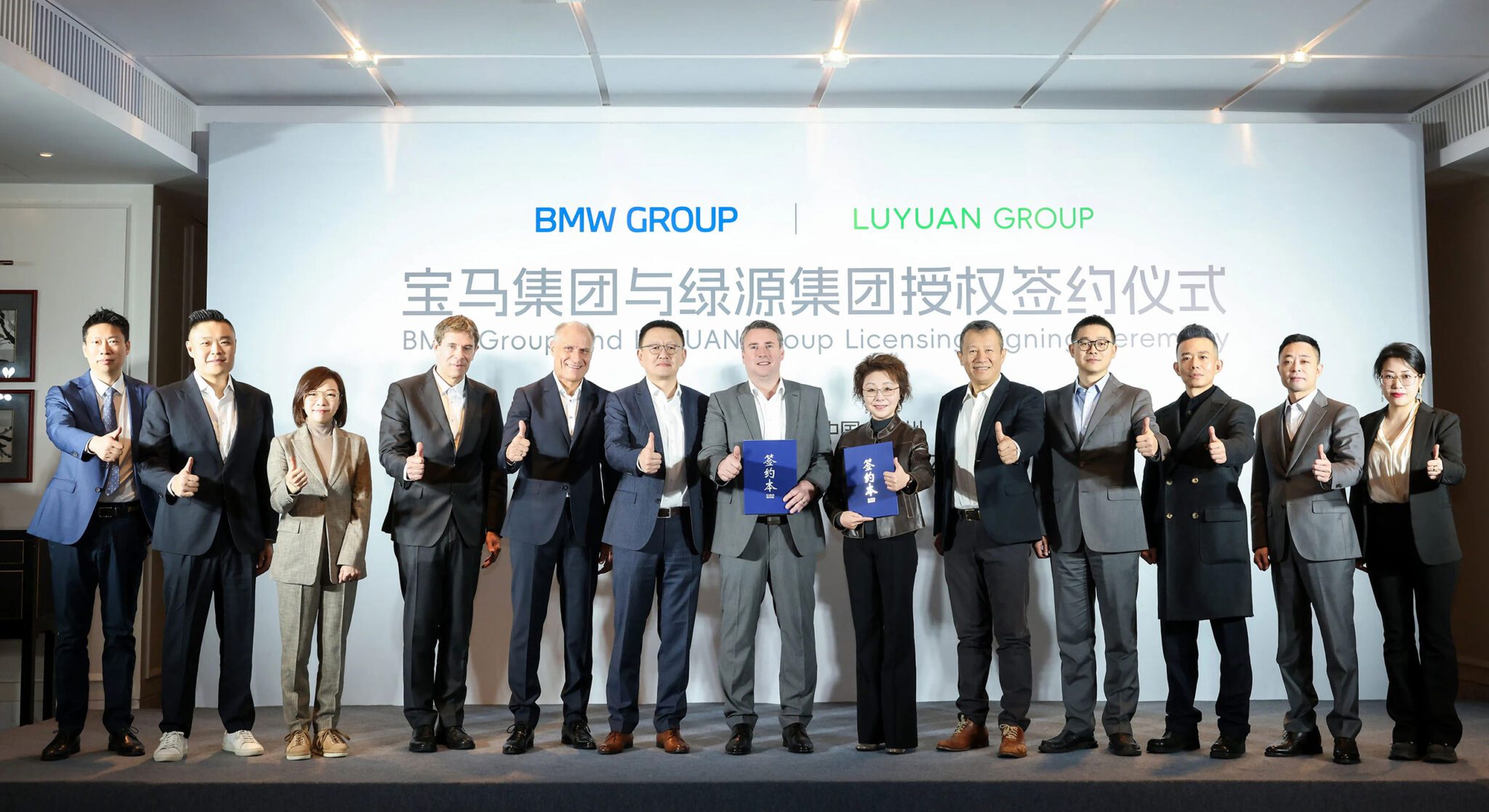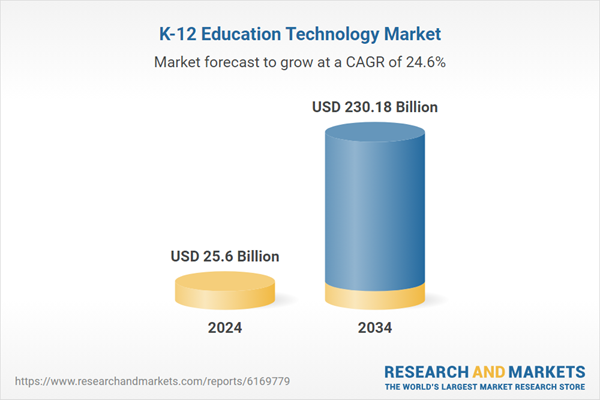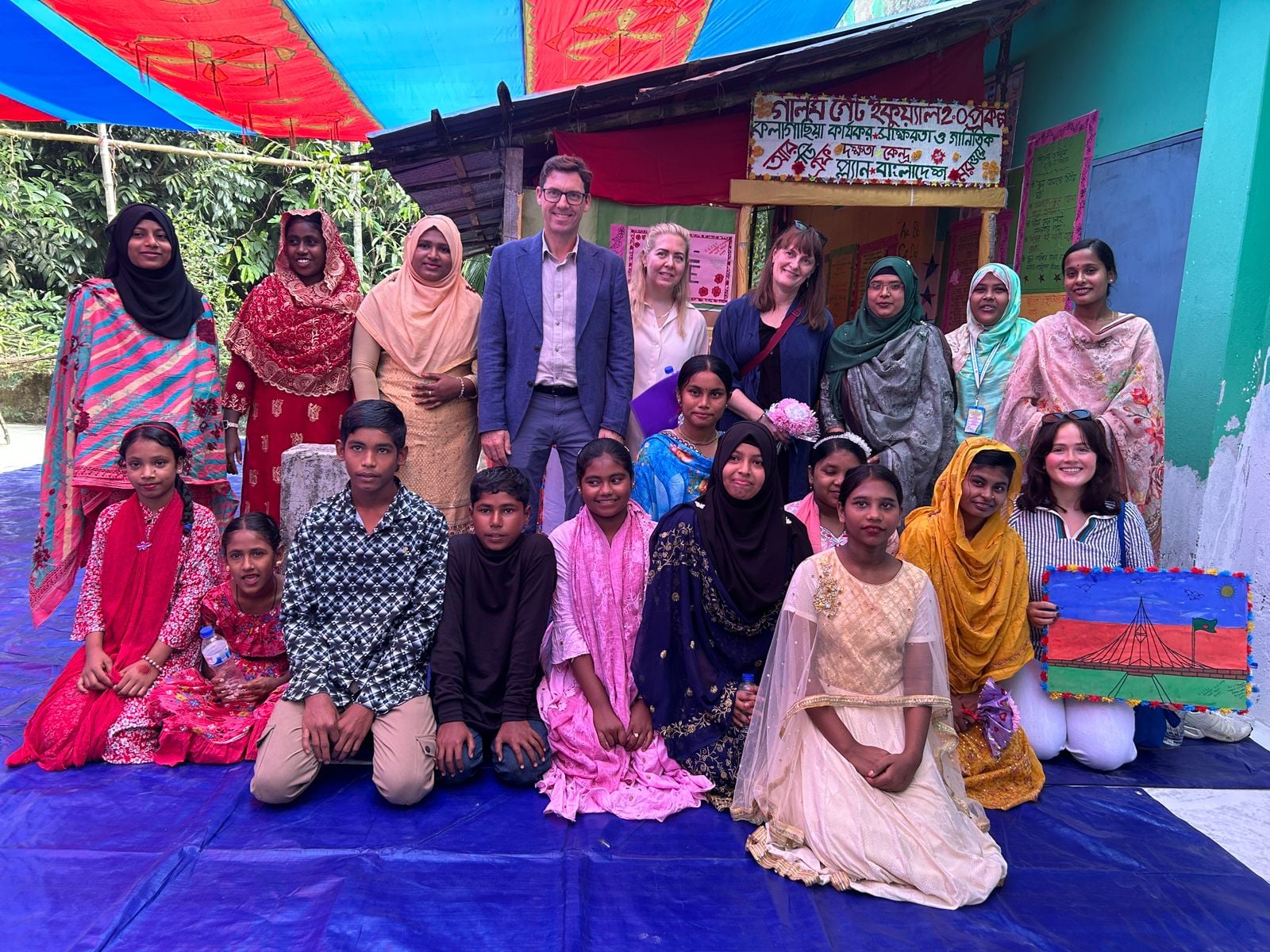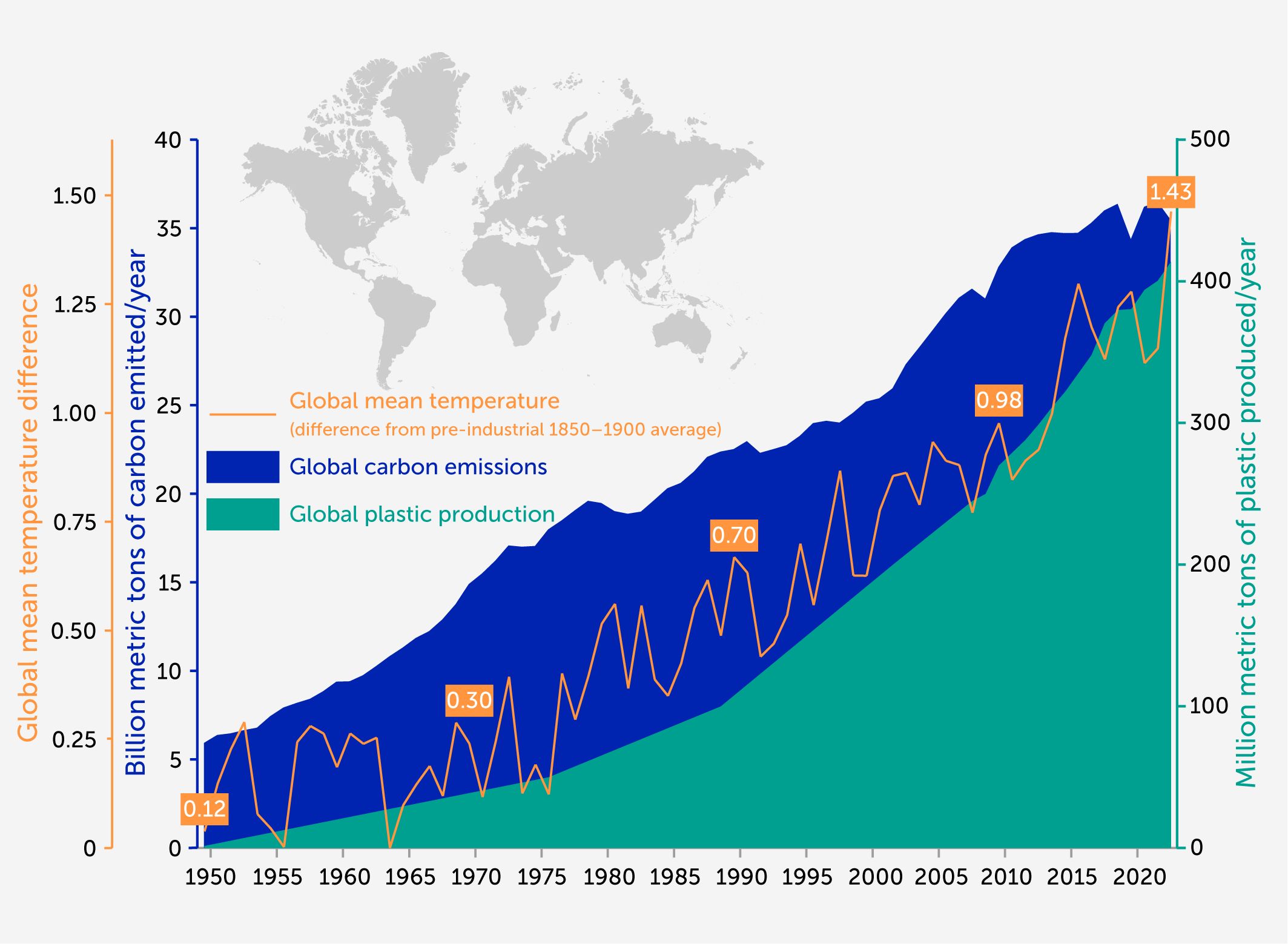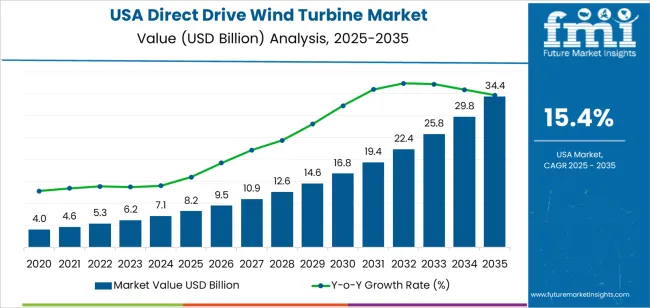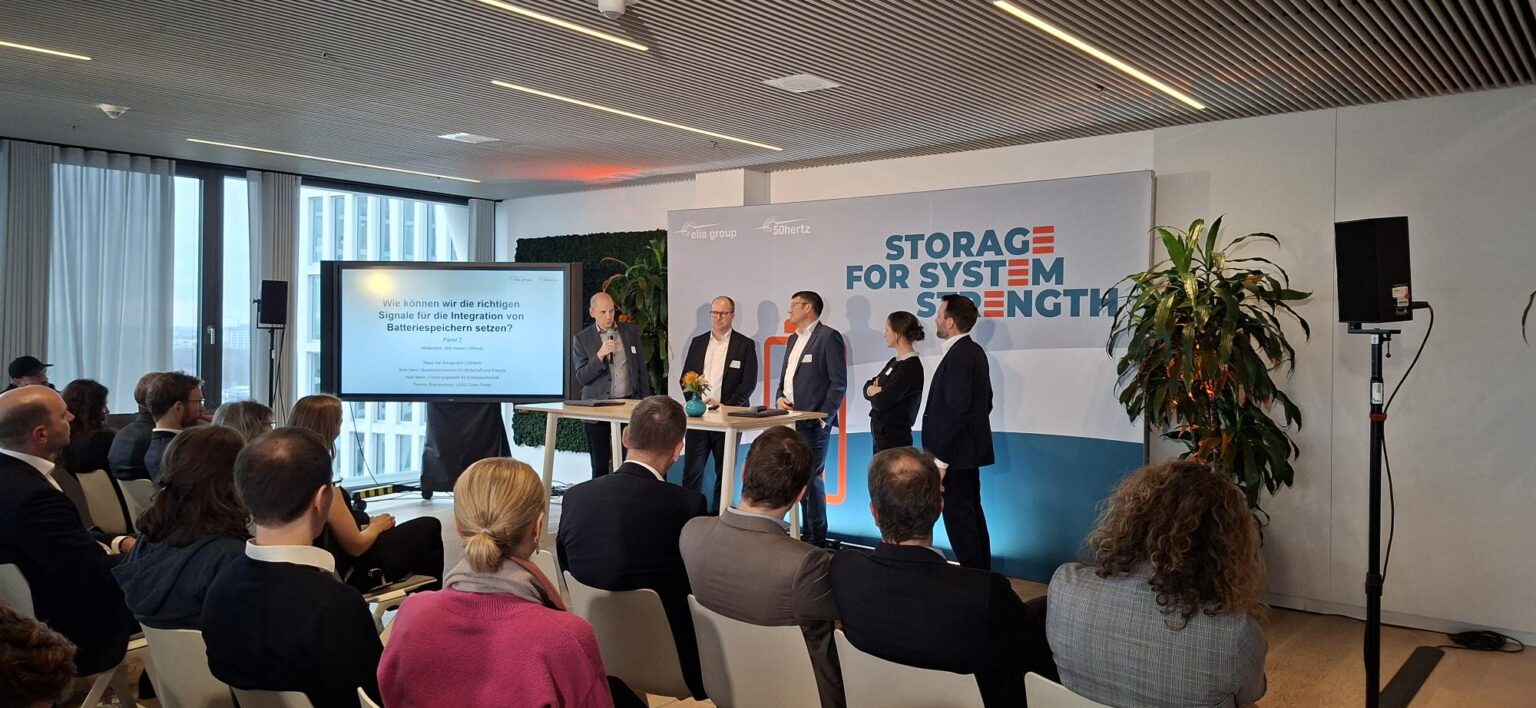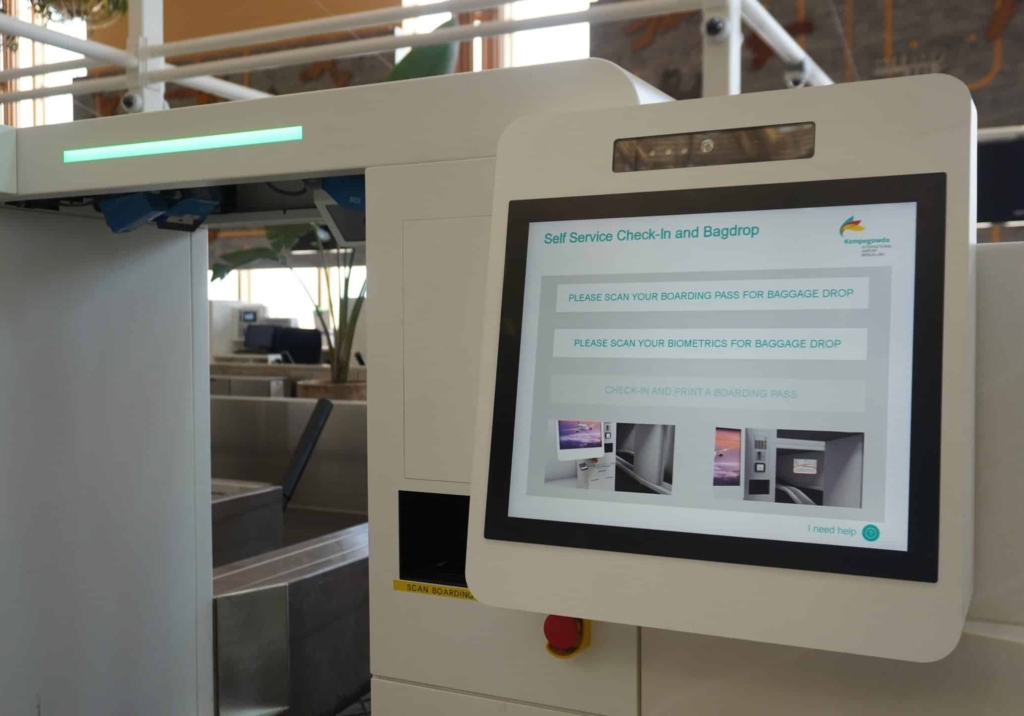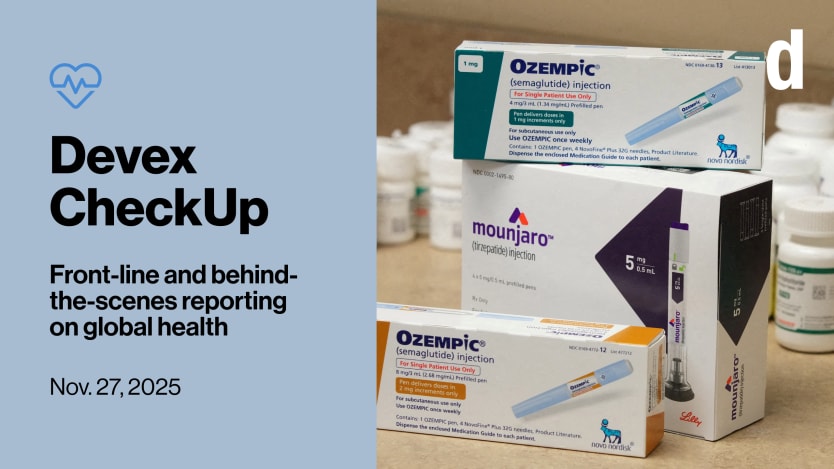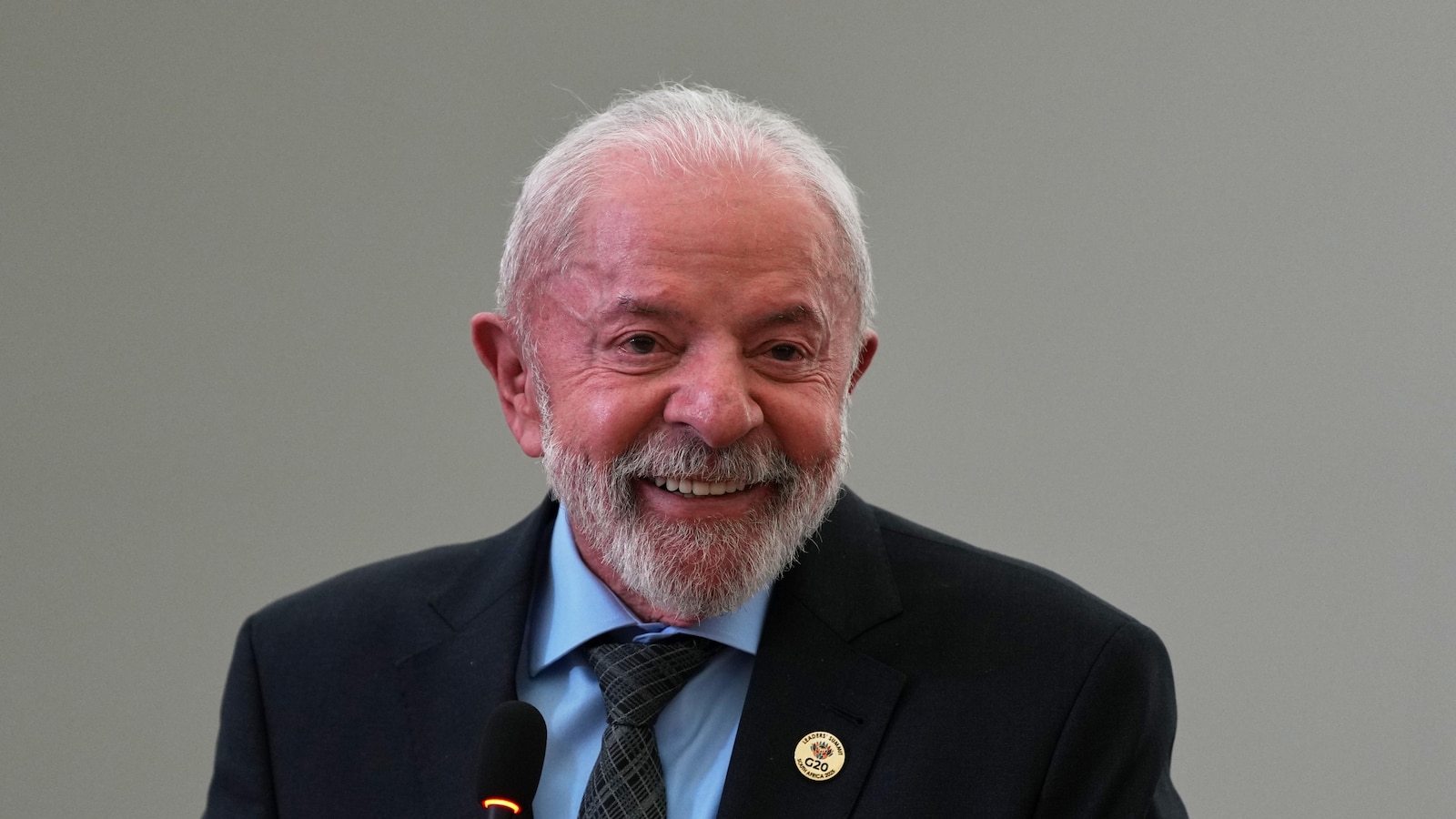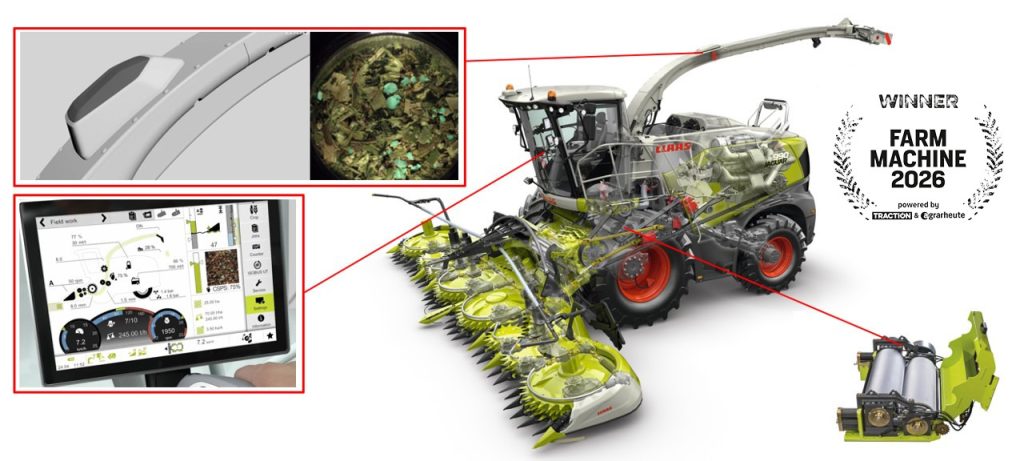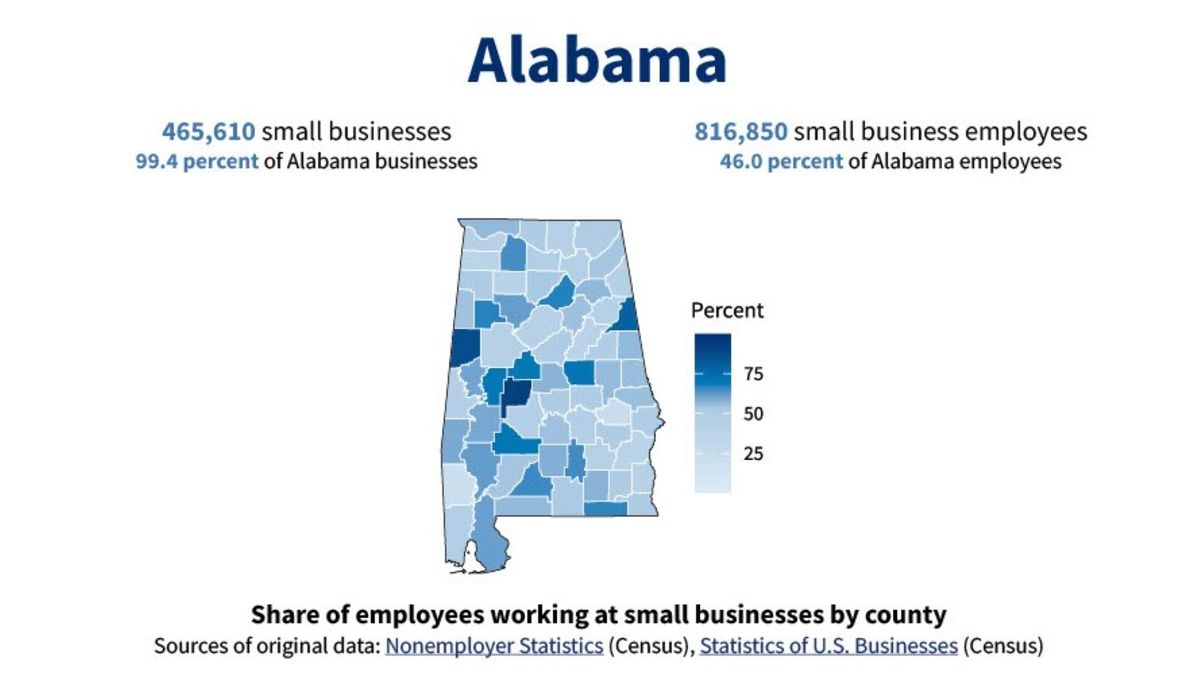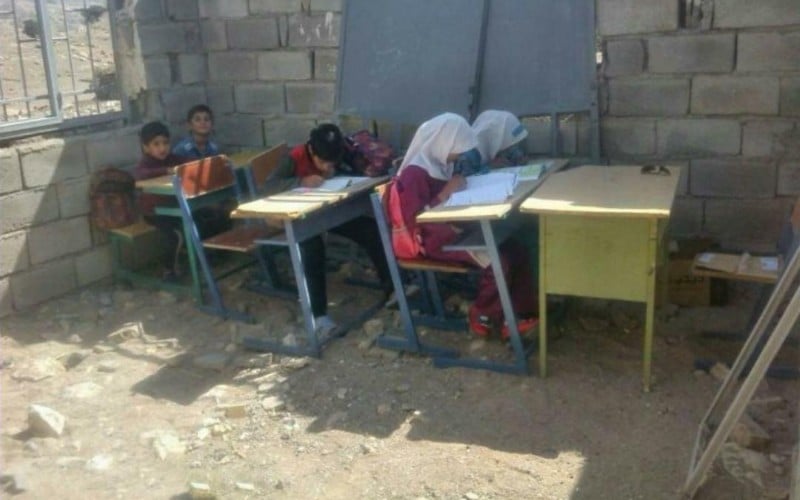Tucson USD invests in new pre-k curriculum – kold.com

Report on Tucson Unified School District’s Preschool Curriculum Initiative and Alignment with Sustainable Development Goals
Executive Summary
The Tucson Unified School District (TUSD) has approved a new preschool curriculum, “Teaching Early Literacy and Language” (TELL), aimed at enhancing early childhood education. This initiative directly supports the United Nations Sustainable Development Goals (SDGs), particularly SDG 4 (Quality Education) and SDG 10 (Reduced Inequalities), by improving educational foundations and ensuring equitable access for low-income families.
Advancing SDG 4: Quality Education
The adoption of the TELL curriculum is a targeted effort to meet SDG Target 4.2, which calls for universal access to quality early childhood development and pre-primary education. The program is designed to provide children with the foundational skills necessary for lifelong learning.
Primary Objectives of the TELL Curriculum
- To significantly improve early literacy and language skills among preschool students.
- To effectively prepare children for the transition to kindergarten.
- To empower students with the tools and confidence required for future academic success.
According to the Learning Policy Institute, high-quality pre-K education yields substantial long-term benefits, aligning with the goals of SDG 4. These outcomes include:
- Greater readiness for primary school.
- Higher academic achievement in subsequent years.
- Enhanced social development and peer interaction skills.
Addressing SDG 10: Reduced Inequalities
TUSD’s initiative actively works to reduce educational disparities linked to economic status, a core principle of SDG 10. By implementing programs that remove financial barriers, the district ensures that quality pre-primary education is not limited to those who can afford it.
Mechanisms for Equitable Access
- Pima Early Education Program Scholarships (PEEPS): These scholarships are specifically offered to provide free pre-K education to children from low-income families.
- Infant and Early Learning Centers: TUSD operates two centers that provide additional educational opportunities.
- Financial Assistance: The district offers tuition discounts for its employees and makes various other scholarships available to the community.
These measures demonstrate a commitment to ensuring equal opportunity and reducing inequalities of outcome, allowing all children a fair start in their educational journey. The district has confirmed that enrollment positions, including those supported by scholarships, are still available for the current school year.
Analysis of Sustainable Development Goals in the Article
-
Which SDGs are addressed or connected to the issues highlighted in the article?
The article addresses issues related to the following Sustainable Development Goals (SDGs):
- SDG 4: Quality Education: The core of the article is about the Tucson Unified School District (TUSD) adopting a new curriculum for its preschool programs. This initiative directly aims to improve the quality of early childhood education, which is a fundamental aspect of SDG 4. The article emphasizes that the new curriculum, “Teaching Early Literacy and Language” (TELL), is intended to “improve literacy skills for our students – empowering them, preparing them for kinder, and giving them the tools and confidence they need to be successful in school.”
- SDG 10: Reduced Inequalities: The article highlights specific efforts to make preschool education accessible to children from disadvantaged backgrounds. It mentions that the pre-K program at Safford is for “low-income families” and that TUSD offers “Pima Early Education Program Scholarships (or PEEPS) to bring free pre-k to low income families.” This focus on providing equal opportunities for quality education, regardless of economic status, directly connects to the goal of reducing inequalities.
-
What specific targets under those SDGs can be identified based on the article’s content?
Based on the article’s content, the following specific SDG targets can be identified:
- Target 4.2: “By 2030, ensure that all girls and boys have access to quality early childhood development, care and pre-primary education so that they are ready for primary education.” The article’s entire focus is on this target. The adoption of the TELL curriculum is a measure to enhance the *quality* of pre-primary education. The stated goal of “preparing them for kinder” and making them “successful in school” aligns perfectly with ensuring children are ready for primary education.
- Target 10.2: “By 2030, empower and promote the social, economic and political inclusion of all, irrespective of age, sex, disability, race, ethnicity, origin, religion or economic or other status.” The article’s mention of scholarships (PEEPS) specifically for “low-income families” is a direct action to promote the social and economic inclusion of this group in quality early childhood education. By removing the financial barrier (“Pre-k education is not free, however…”), the district is working to ensure that a child’s economic status does not prevent them from accessing foundational learning opportunities.
-
Are there any indicators mentioned or implied in the article that can be used to measure progress towards the identified targets?
Yes, the article mentions or implies several indicators that can be used to measure progress:
- For Target 4.2:
- Improved Literacy Skills: The Senior Director for TUSD explicitly states the new curriculum is “hopefully going to improve literacy skills for our students.” This suggests that literacy assessments and school readiness evaluations for preschool children would be a key indicator of the program’s success. This aligns with the qualitative aspect of ensuring *quality* early childhood development.
- Enrollment/Participation Rate: The article mentions that “there are still some spots open for this school year,” which points to enrollment numbers as a measure of access. An increase in the number of children enrolled in these pre-K programs would be a direct indicator of progress towards providing access to pre-primary education. This relates to Indicator 4.2.2 (Participation rate in organized learning one year before the official primary entry age).
- For Target 10.2:
- Number of Scholarships Awarded: The provision of “Pima Early Education Program Scholarships (or PEEPS)” is a specific intervention. An indicator of progress would be the number of scholarships awarded to children from low-income families each year.
- Proportion of Low-Income Students Enrolled: A key measure of inclusion would be the proportion of students from low-income families enrolled in TUSD’s pre-K programs compared to the total preschool-aged population in that demographic. An increasing proportion would indicate that the efforts to reduce economic barriers are effective.
- For Target 4.2:
-
Create a table with three columns titled ‘SDGs, Targets and Indicators” to present the findings from analyzing the article.
SDGs Targets Indicators (Mentioned or Implied in the Article) SDG 4: Quality Education Target 4.2: Ensure all children have access to quality early childhood development, care, and pre-primary education. - Improvement in literacy skills among preschool students.
- Enrollment and participation rates in the pre-K programs.
- School readiness levels of children entering kindergarten.
SDG 10: Reduced Inequalities Target 10.2: Empower and promote the social and economic inclusion of all, irrespective of economic or other status. - Number of scholarships (PEEPS) provided to low-income families.
- Proportion of children from low-income families enrolled in the pre-K programs.
Source: kold.com

What is Your Reaction?
 Like
0
Like
0
 Dislike
0
Dislike
0
 Love
0
Love
0
 Funny
0
Funny
0
 Angry
0
Angry
0
 Sad
0
Sad
0
 Wow
0
Wow
0

